As a seasoned IT professional with a passion for technology, I’ve spent countless hours immersed in the intricate world of computers. Over the years, I’ve encountered numerous individuals seeking to enhance their computing experience, often with a particular focus on gaming. A common request is to install the latest FIFA or other demanding games, but many overlook the critical role of hardware in delivering optimal performance. This is where understanding the GPU becomes paramount.
Even more, Over my entire time in the computing environment, I’ve been approached by many people seeking to buy laptops, and one of the questions they have been asking is, “What determines the speed of a computer?” Is it the RAM, hard drive, or keyboard? While these components undoubtedly play their roles, there’s often an overlooked powerhouse that significantly impacts performance: the GPU.
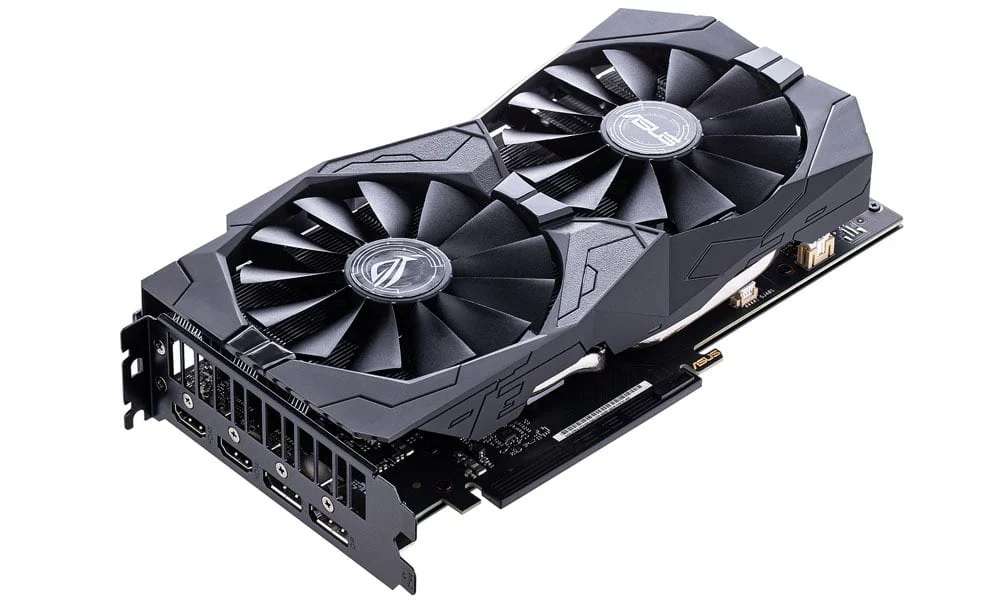
What is a GPU?
GPU stands for Graphics Processing Unit. While the CPU (Central Processing Unit) is the brain of your computer, handling various tasks, the GPU is a specialized chip designed to excel at processing visual data. Imagine the CPU as a versatile manager handling a variety of tasks, and the GPU as a highly skilled team focused solely on graphics.
How Does a GPU Work?
Unlike the CPU, which tackles tasks sequentially, GPUs are masters of parallel processing. They can handle multiple calculations simultaneously, making them incredibly efficient at tasks involving large amounts of data, such as rendering images, videos, or complex 3D models
Types of GPUs
There are two primary types of GPUs:
Integrated GPUs: Built into the CPU, these are suitable for basic tasks like web browsing and video playback.
Dedicated GPUs: These are separate, powerful cards that significantly boost performance for demanding applications like gaming, video editing, and 3D modelling.
Why is a GPU Important?
A robust GPU can dramatically enhance your computer experience. Here’s why:
Gaming: GPUs are the backbone of smooth, high-resolution gameplay. They handle complex graphics, ensuring fluid animations and stunning visuals.
Video Editing: Editing and rendering videos is resource-intensive. A powerful GPU accelerates the process, saving you valuable time.
3D Modeling and Design: Creating intricate 3D models and animations demands substantial processing power. GPUs excel at these tasks.
Machine Learning: These complex algorithms often rely on GPUs to process vast amounts of data efficiently.
A Brief History of GPUs
Originally, computers relied solely on CPUs for all tasks, including graphics. As visuals became more complex, especially in gaming, the limitations of CPUs became evident. The early 1990s saw the emergence of dedicated graphics chips, primarily focused on accelerating 2D graphics.
The real breakthrough came with the demand for real-time 3D graphics in gaming. GPUs, with their ability to handle multiple calculations simultaneously, were perfectly suited for this task. Pioneers like NVIDIA and AMD developed powerful graphics cards, revolutionizing the gaming industry. The impact of GPUs extended beyond gaming, with applications in video editing, scientific computing, and even cryptocurrency mining.
GPU Manufacturers: The Driving Force
The GPU market is dominated by a few key players who have consistently pushed the boundaries of graphics technology.
NVIDIA: A pioneer in the GPU industry, NVIDIA is renowned for its high-performance GPUs used in gaming, professional applications, and artificial intelligence. Their GeForce and Quadro series are industry standards.
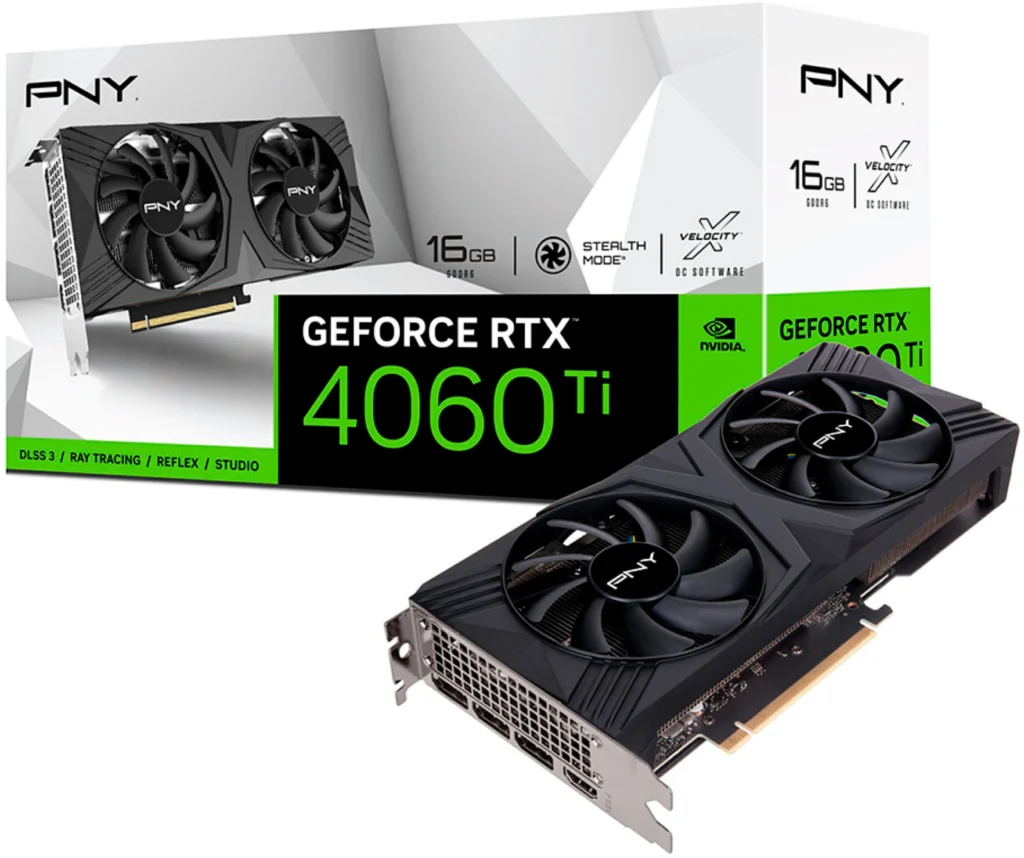
AMD: A strong competitor to NVIDIA, AMD offers a wide range of GPUs, including the Radeon series for gaming and professional graphics. AMD has gained significant market share in recent years with its competitive pricing and performance.
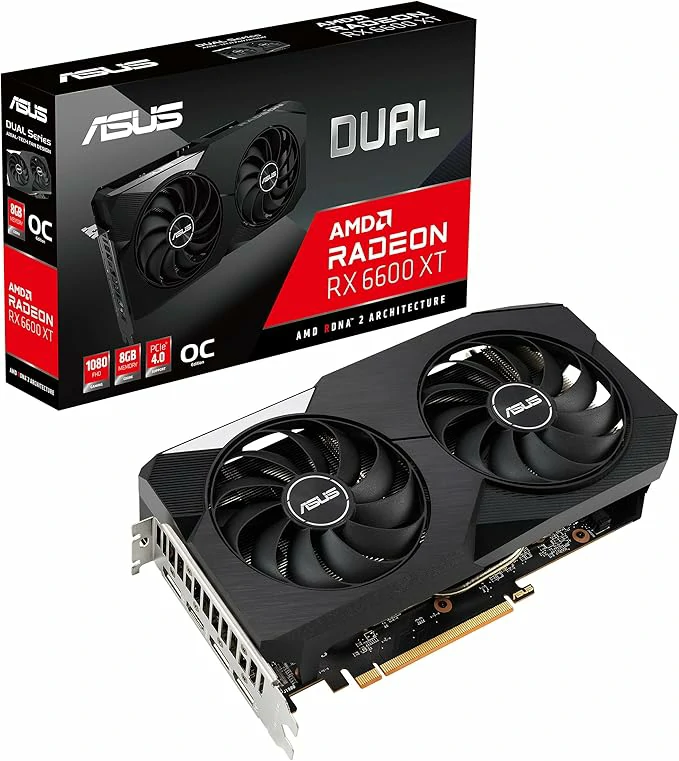
Intel: While primarily known for CPUs, Intel has entered the GPU market with its Arc Alchemist series. Though relatively new, Intel aims to compete with established players and offer integrated graphics solutions.
These companies drive innovation and competition, ensuring that GPU technology continues to advance at a rapid pace.
GPU Pricing
GPU prices can fluctuate significantly based on various factors. High-end models, especially those released recently, tend to be more expensive due to advanced features and manufacturing costs. Budget-friendly options are available for those on a tighter budget or with less demanding needs. Additionally, market conditions, such as cryptocurrency mining trends or component shortages, can impact prices. It’s essential to research and compare prices from different retailers to find the best value for your specific requirements.
Top GPUs on the Market
The GPU market is highly competitive, with NVIDIA and AMD leading the pack. Here’s a breakdown of some of the top-tier options available:
NVIDIA GeForce RTX Series: RTX 4090, RTX 4080, RTX 4070 Ti
AMD Radeon RX Series: RX 7900 XTX, RX 7900 XT, RX 7800 XT
Do Apple Macbooks also have GPUs?
You might be asking yourself this question and here is the answer:
Yes, Apple laptops do have GPUs. While they don’t always use the traditional discrete GPU model like many Windows laptops, they do incorporate graphics processing units.
Older MacBook Pro models: These often had a combination of integrated and discrete GPUs.
Newer MacBook models:
Apple has transitioned to using powerful integrated GPUs within their custom-designed chips like the M-series. These integrated GPUs offer impressive performance and energy efficiency. Instead of relying solely on traditional discrete GPUs, Apple has integrated powerful graphics processing units directly into its custom-designed chips, such as the M1, M2, and M3 series.
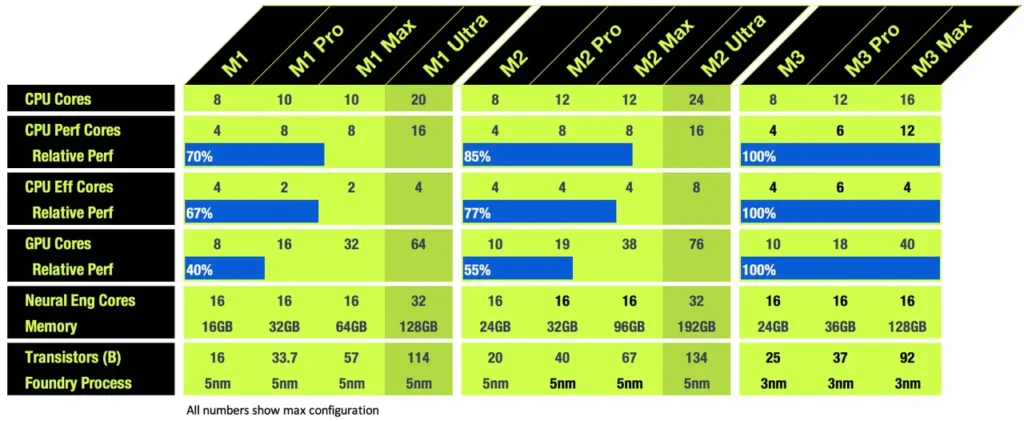
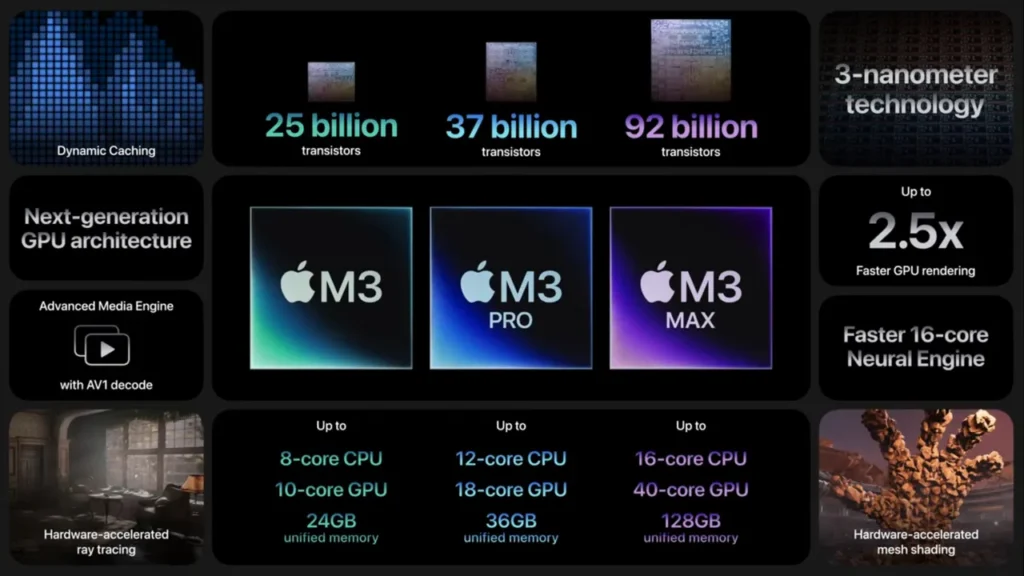
These integrated GPUs, often referred to as “GPU cores,” deliver exceptional performance for tasks like video editing, photo manipulation, and even gaming. Apple claims that its integrated GPUs offer a superior balance of performance and energy efficiency compared to traditional discrete GPUs.
However, it’s essential to note that while Apple’s integrated GPUs are incredibly capable, they might not match the raw power of high-end discrete GPUs found in gaming-focused laptops. For users demanding maximum graphics performance, especially for resource-intensive tasks like 3D rendering or professional-grade video editing, a traditional Windows laptop with a dedicated GPU might still be the preferred choice.
Conclusion
It’s important to note that GPU performance can vary depending on specific games, software, and system configurations. Additionally, new models and updates are frequently released, so it’s advisable to research the latest options before making a purchase.
Understanding GPUs is essential for anyone seeking to optimize their computer’s performance. By investing in a suitable GPU, you can unlock a world of possibilities, from immersive gaming experiences to efficient content creation.








